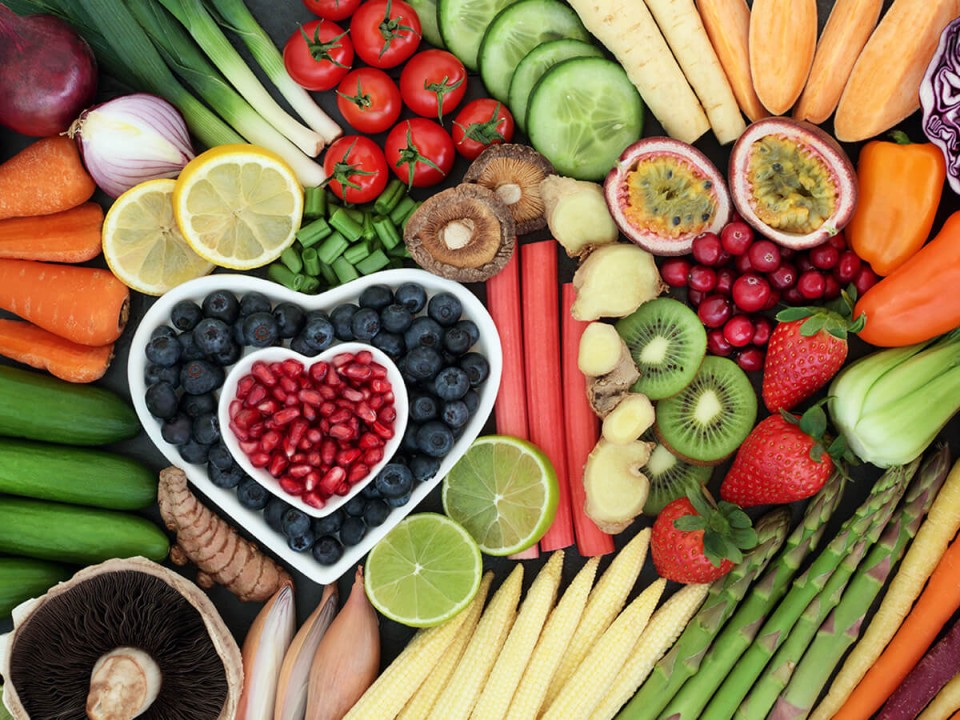Image source: Google
In recent years, technological advancements have made a significant impact on various industries, including the culinary world. One of the most exciting innovations that has emerged is 3D-printed food. This groundbreaking technology has the potential to revolutionize the way we prepare and consume meals. In this article, we will explore the future of food and how 3D-printed meals, along with other innovations, are shaping the culinary landscape.
1. 3D-Printed Meals
3D printing has been around for some time, mainly used in manufacturing and design industries. However, the application of 3D printing technology in the culinary world is a relatively new and exciting development. 3D-printed food involves using edible ingredients to create intricate and customized dishes layer by layer.
Benefits of 3D-Printed Meals:
- Customization: 3D printing allows chefs to create unique shapes and textures that would be challenging to achieve through traditional cooking methods.
- Personalization: It enables customization of food based on individual preferences and dietary restrictions.
- Efficiency: 3D printing can streamline the food preparation process, saving time and resources.
- Sustainability: This technology has the potential to reduce food waste by using precise amounts of ingredients.
Examples of 3D-Printed Food:
- Pizza: Companies like BeeHex have developed 3D printers capable of creating customized pizzas with precise toppings.
- Chocolate: 3D printers can craft intricate chocolate designs and shapes that would be challenging to replicate by hand.
- Burgers: Restaurants like Bite Labs have experimented with creating 3D-printed burgers using lab-grown meat.
2. Virtual Restaurants
Another innovative trend in the culinary world is the concept of virtual restaurants, also known as ghost kitchens or cloud kitchens. These establishments operate without a traditional storefront and focus on delivery-only services. Virtual restaurants leverage technology to optimize efficiency and offer unique dining experiences to customers.
Advantages of Virtual Restaurants:
- Cost-Effective: Virtual restaurants have lower overhead costs compared to traditional brick-and-mortar establishments.
- Menu Experimentation: Chefs have the freedom to experiment with diverse cuisines and concepts without the constraints of a physical location.
- Optimized Delivery: These restaurants prioritize delivery services, ensuring that food reaches customers quickly and efficiently.
- Data-Driven Operations: Virtual restaurants can leverage data analytics to understand customer preferences and optimize their menus accordingly.
Popular Virtual Restaurant Models:
- Delivery-Only Brands: These virtual restaurants exclusively offer delivery services through popular platforms like UberEats and DoorDash.
- Ghost Kitchen Collaborations: Established restaurant brands partner with ghost kitchens to expand their reach and cater to a broader audience.
- Cloud Kitchen Franchises: Companies like Kitchen United provide shared spaces for multiple virtual restaurants to operate under one roof.
3. Plant-Based Alternatives
With the growing emphasis on sustainability and health-conscious eating, plant-based alternatives have gained popularity in the culinary world. These alternatives offer environmentally-friendly and nutritious options for consumers looking to reduce their meat consumption or follow a vegetarian or vegan diet.
Benefits of Plant-Based Alternatives:
- Sustainability: Plant-based ingredients have a lower environmental impact compared to traditional animal products.
- Health Benefits: Plant-based alternatives are often rich in nutrients and can contribute to a balanced diet.
- Dietary Inclusivity: These alternatives cater to individuals with dietary restrictions, allergies, or ethical preferences.
- Taste and Texture: Advances in food technology have enhanced the taste and texture of plant-based products, making them more appealing to a wider audience.
Popular Plant-Based Alternatives:
- Impossible Burger: This plant-based burger mimics the taste and texture of traditional beef patties, appealing to meat lovers and vegetarians alike.
- Beyond Meat: Known for its innovative plant-based products, Beyond Meat offers a variety of options, including burgers, sausages, and ground meat alternatives.
- Oat Milk: Oat milk has become a popular dairy alternative due to its creamy texture and sustainability credentials.
